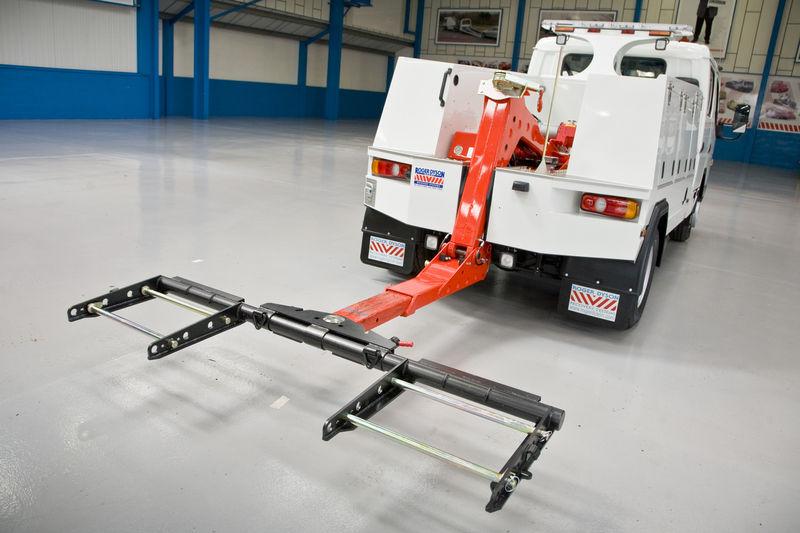I cannot give you any "cut apart" advice as mine is still going well at 196KK.This is related to other threads here, but I want to concentrate on what makes them work, or break, and how to extend the life to something financially bearable.
However this is my experience.
I change the oil with Castrol synthetic ATF about every 20Kk now and I add some Moly or Teflon. I check my viscous at every 5K oil change. I recently changed the front seal on the box as it started to leak. I do not worry about slop in the front bearing as that is normal. Hopefully the above will reduce the operating temps in the TC. The oil discolours very quickly ( as I posted a while ago) so it seems to work hard.
I have a feeling that a lot of soft sand work will probably shorten the VC life as it has to heat up before it will lock and in sand the front and rear axles will turn at different speeds before the VC locks, so it will be constantly hot.
Regarding tyres, I have always run 40PSI rear and 28-32 front . Most of my work is done with a reasonable load and towing so I would imagine the tyre diameters would be similar. I have never used different tyres or tyres worn differently front to back.
Time will tell how long mine will last but I do think one key is good oil very often. This should help the rear output shaft but who knows?
Regards Philip A



 Reply With Quote
Reply With Quote




Bookmarks